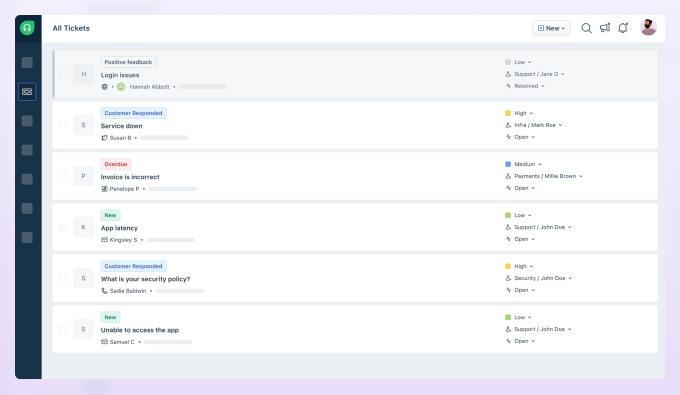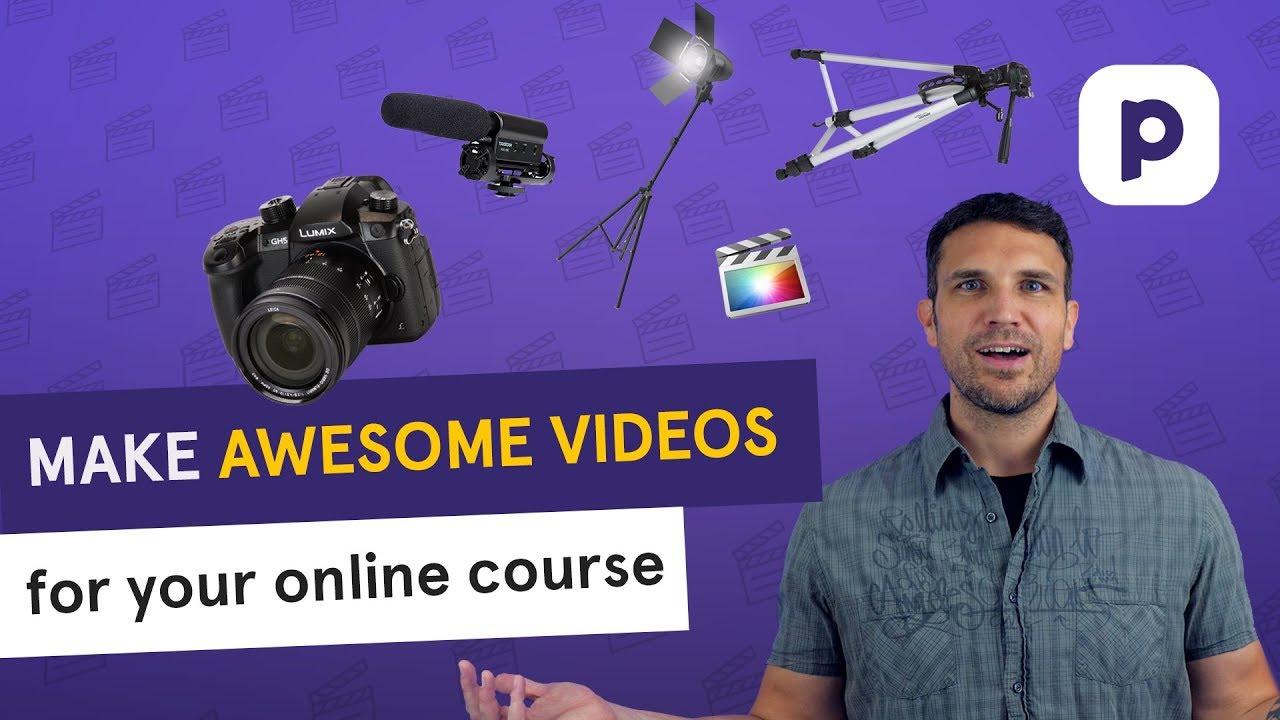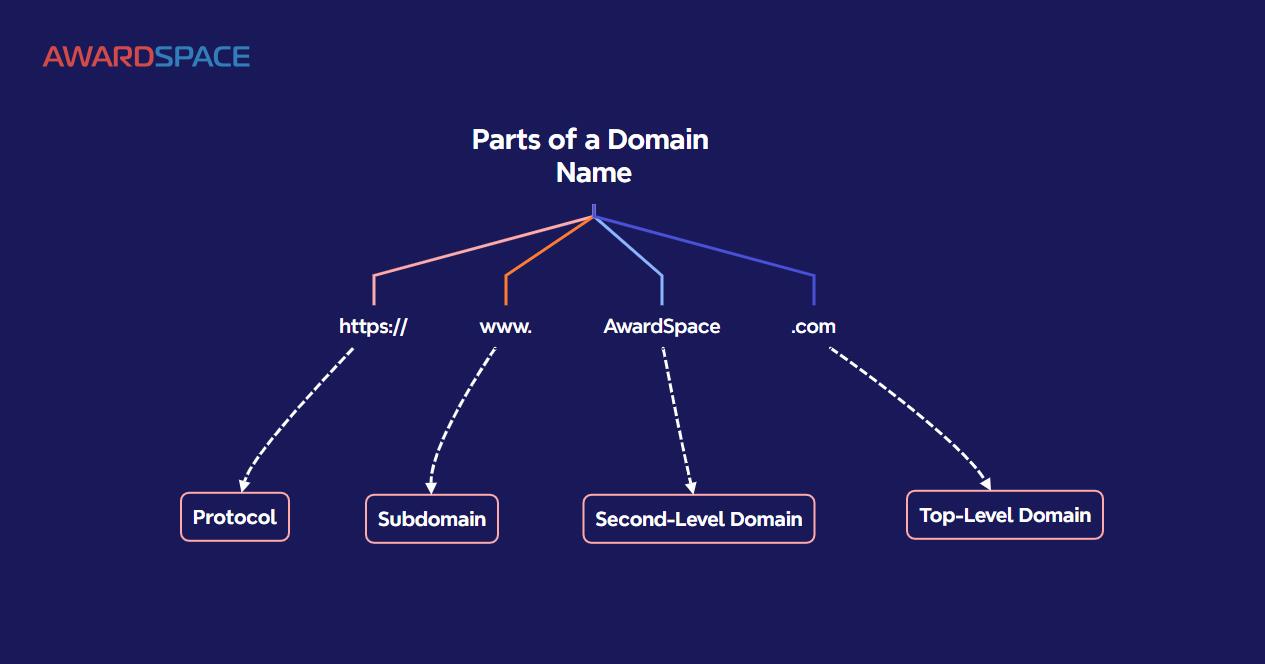Are you ready to turn your passion for writing into profit? If you’ve ever dreamed of selling your eBooks online but felt overwhelmed by the technical side of things, you’re in the right place! In this complete 2025 guide, we’re diving into the world of selling eBooks on WordPress—a platform that makes it easier than ever to reach your audience and generate sales. Whether you’re a seasoned author or just starting your writing journey, this guide will walk you through every step of the process, from setting up your website to marketing your eBook effectively. By the end, you’ll be armed with all the tools and strategies you need to not just sell your eBooks, but to thrive in the digital marketplace. So, let’s jump in and start turning those words into revenue!
Understanding the eBook Market and Your Target Audience
To successfully navigate the eBook market, it’s essential to start with a clear understanding of your target audience. Different readers have varying preferences, expectations, and motivations for purchasing eBooks. By recognizing these differences, you can tailor your content, marketing strategies, and even your pricing to align with what your audience values most.
Identifying Your Ideal Reader:
- Demographics: Consider age, gender, location, and income level.
- Interests: What are the hobbies or topics your potential readers are passionate about?
- Reading Habits: Do they prefer fiction over non-fiction? Are they looking for educational resources or entertainment?
Once you have a profile of your ideal reader, delve deeper into their buying behavior. Understanding why they purchase eBooks can provide excellent insights into crafting your sales pitch. As an example, are they seeking convenience, affordability, or niche content that customary books don’t offer? Use surveys or social media polls to gather data directly from your audience.
Market Trends:
Stay informed about the latest trends in the eBook market. Here are some key areas to watch:
- Genres on the Rise: Keep an eye on which genres are gaining popularity. For example, self-help and personal advancement eBooks have seen a surge.
- Formats and Platforms: Readers may prefer certain formats like PDFs or ePub. Understand which platforms they use most frequently, such as Kindle, Apple Books, or direct downloads from websites.
- Pricing Strategies: Experiment with pricing models,such as subscription services or bundling offers,to see what resonates with your audience.
Ultimately,understanding both the eBook market and your target audience will empower you to create compelling content that not only attracts readers but also converts them into loyal customers. This knowledge will serve as the foundation for all your marketing efforts, enabling you to create tailored campaigns that speak directly to the needs and desires of your audience.
| Target audience Factor | Implications for Marketing |
|---|---|
| Age Group | Tailor content and design to resonate with specific age demographics. |
| Reading Preferences | Focus on genres and subjects that align with their interests. |
| Buying Behavior | Utilize targeted promotions and pricing strategies to captivate their attention. |
Choosing the Right WordPress Plugins for Seamless Sales
When it comes to selling eBooks on your WordPress site, selecting the right plugins is crucial for ensuring a smooth and hassle-free experience for both you and your customers. With an abundance of options available, it can be overwhelming to determine which plugins will best meet your needs.Here are some essential plugins to consider, each designed to enhance various aspects of your eBook sales process:
- eCommerce Plugins: Opt for plugins like WooCommerce or Easy Digital Downloads.These platforms provide robust features tailored for digital products, including eBook management, payment processing, and sales tracking.
- Payment Gateways: Integrate reliable payment gateways such as PayPal, Stripe, or Authorize.net. These options facilitate smooth transactions and cater to your buyers’ preferences.
- Email Marketing Tools: Use plugins like Mailchimp or convertkit to build your email list. Nurture your audience with automated campaigns and updates about new eBooks or special offers.
- SEO Plugins: Boost your visibility with plugins like Yoast SEO. Proper optimization ensures that potential customers find your eBook listings easily through search engines.
- Security Plugins: Safeguard your digital products with plugins such as Wordfence or Sucuri. Protect your site from unauthorized access and ensure your customers’ data remains secure.
On top of these must-haves, consider the usability of each plugin. A well-designed interface can substantially enhance the customer experience, leading to higher conversion rates. A plugin that allows for easy navigation and a seamless checkout process can make all the difference.Be sure to read reviews and test out demos to find the best fit for your unique needs.
| Plugin Type | Recommended Plugins | Main Features |
|---|---|---|
| eCommerce | WooCommerce, Easy Digital Downloads | Product management, payment processing |
| SEO | Yoast SEO, All in One SEO | Search optimization, readability analysis |
| Security | Wordfence, Sucuri | firewall, malware scanning |
| Email Marketing | Mailchimp, ConvertKit | List building, automated campaigns |
Ultimately, the right combination of plugins will not only streamline your sales process but also enhance your customers’ experience, driving more conversions. Always keep your website updated and regularly check for plugin compatibility to maintain optimal performance.

Creating a Stunning eBook landing Page that converts
When it comes to selling your eBook,an eye-catching landing page can be the difference between a casual visitor and a loyal customer. To create a stunning eBook landing page that converts, consider implementing the following elements:
- Compelling Headline: Your headline should grab attention instantly. Use strong, action-oriented language that promises value.
- Engaging Subheadline: Follow up with a subheadline that clarifies the benefits of your eBook. This is your chance to address common pain points and how your eBook solves them.
- High-Quality Visuals: Incorporate captivating images or graphics related to your eBook. A professional cover design can help convey credibility and attract interest.
Next,incorporate persuasive copy that resonates with your target audience. Use bullet points to highlight key takeaways from your eBook. This strategy not only makes the content easy to scan but also positions your eBook as a valuable resource. Here’s an example:
| What You’ll Learn | Benefits |
|---|---|
| Effective Marketing Strategies | Boost your eBook sales with proven techniques. |
| Building an Email List | Grow a loyal customer base ready for future promotions. |
| Optimizing Your Landing Page | Increase conversion rates and attract more readers. |
To further enhance trust, include testimonials or reviews from readers who have benefited from your eBook. Social proof can significantly influence potential buyers,making them more likely to convert. Place these testimonials prominently on your landing page.
- Call-to-Action (CTA): Create a clear and compelling CTA button that encourages visitors to download or purchase your eBook. Use contrasting colors to make it stand out.
- Limited-Time Offers: Consider adding a sense of urgency with limited-time discounts or bonuses. This tactic can motivate visitors to take immediate action.
Lastly, ensure that your landing page is optimized for mobile devices.A significant number of users access websites via their smartphones, so a mobile-responsive design is essential for reaching a wider audience. By following these guidelines, you can create a landing page that not only looks stunning but also drives conversions effectively.
Mastering Pricing Strategies to Maximize Your Profits
Understanding how to set the right price for your eBooks is a critical element in driving sales and ensuring your profits soar. Here are some key strategies to help you master your pricing:
- know Your Audience: Identify who your readers are, their purchasing power, and what they expect. Tailoring your prices to fit your audience’s expectations can significantly boost sales.
- Competitive analysis: Research similar eBooks in your niche. Analyze their pricing strategies to understand the market. If your eBook offers unique value, don’t hesitate to price it higher.
- Tiered Pricing: Consider offering multiple versions of your eBook at different price points. For instance, a basic version at a lower price and a premium version that includes additional resources or bonuses.
another effective approach is to implement psychological pricing. Prices ending with .99 or .95 can make your eBook seem more affordable, influencing purchasing decisions. Additionally, promotional pricing during the launch phase can create urgency and encourage impulse buying.
| Pricing Strategy | Description | When to Use |
|---|---|---|
| Discounts & Promotions | Temporary price reductions to stimulate sales. | during launch or special occasions. |
| Value-based Pricing | Setting prices based on perceived value to the customer. | When your eBook offers unique insights. |
| Bundling | Offering your eBook with additional products at a bundled price. | When aiming to cross-sell or upsell. |
Lastly, continually monitor your sales and adjust your prices as needed. A/B testing different price points can reveal what resonates best with your audience. Don’t shy away from experimenting; the right price could be the key to unlocking your eBook sales potential.
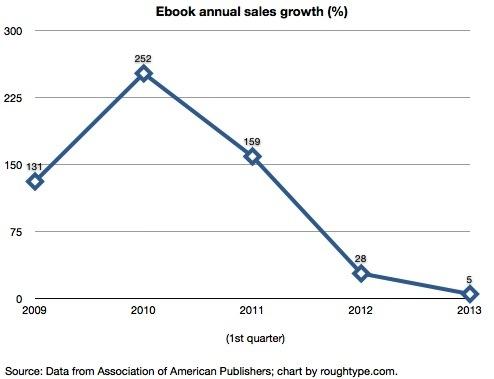
Effective Marketing Techniques to Boost your eBook Sales
To effectively boost your eBook sales, consider implementing a mix of innovative marketing techniques that resonate with your target audience. Here are some strategies that can help you capture attention and drive conversions:
- Leverage Social Media: Utilize platforms like Instagram, Facebook, and Twitter to create buzz around your eBook. Share snippets, quotes, or even short videos to engage potential readers.
- Build an Email List: Offer a free chapter or a related resource in exchange for email subscriptions. Use this list to nurture leads with tailored content and special promotions.
- Collaborate with Influencers: Partner with influencers in your niche. Their endorsement can enhance credibility and expand your reach to a broader audience.
- Utilize SEO Best Practices: Optimize your eBook’s landing page with relevant keywords. This will improve visibility on search engines and help potential buyers find your work.
- Create Compelling Graphics: Invest in eye-catching cover designs and promotional materials.Visually appealing graphics can draw more attention and make a lasting impression.
Another powerful technique is to engage in content marketing. Write blog posts that relate to the themes or topics of your eBook. This not only positions you as an expert but also drives organic traffic to your sales page. Consider this simple table to visualize content marketing opportunities:
| Content Type | Purpose | Example |
|---|---|---|
| Blog Posts | Drive traffic and establish authority | Tips related to your eBook’s topic |
| Podcasts | broaden audience reach | Discuss themes found in your eBook |
| Webinars | Interactive engagement with potential readers | Live Q&A regarding your eBook |
consider offering limited-time discounts or bundles to create urgency. People are frequently enough more inclined to purchase when they feel they might miss out on a deal. By implementing these marketing techniques strategically, you can significantly enhance your eBook sales and expand your reader base.
Building an Email list to Engage Readers and Drive Sales
Building an email list is one of the most effective strategies for engaging your readers and driving sales for your eBooks. By creating a direct line of communication, you can nurture your audience, provide them with valuable content, and ultimately convert them into loyal customers. Here’s how to get started:
- Offer Incentives: Create irresistible lead magnets such as free chapters, exclusive content, or downloadable resources related to your eBooks. This encourages visitors to subscribe to your mailing list.
- utilize Sign-Up Forms: Use strategically placed opt-in forms on your website. Consider adding them to your blog posts, pop-ups, or as part of your navigation menu.
- Segment Your Audience: Tailor your emails based on the interests of different segments in your audience. For example, if you have eBooks covering various genres, ensure subscribers receive content that aligns with their preferences.
- Consistent communication: Send regular newsletters that include updates on new eBook releases, writing tips, or behind-the-scenes insights into your writing process. Keep your readers engaged and informed.
To effectively manage your email list, consider using popular WordPress plugins such as Mailchimp, ConvertKit, or Sendinblue. These tools not only help you design beautiful email campaigns but also allow you to track engagement metrics. Here’s a simple comparison table of popular email marketing plugins:
| Plugin | Key Features | Pricing |
|---|---|---|
| Mailchimp | Automation, A/B testing, Analytics | Free plan available; paid plans start at $10/month |
| ConvertKit | Tagging, Landing Pages, Automation | Starting at $15/month |
| Sendinblue | Email Campaigns, SMS Marketing, CRM | Free plan available; paid plans start at $25/month |
Remember, the key to a successful email list is not just acquiring subscribers but also engaging them with valuable content consistently. encourage your subscribers to interact with your emails through polls, feedback requests, and exclusive offers. Doing so will not only boost your open rates but also foster a community around your eBook offerings.
always analyze and optimize your email campaigns. Pay attention to metrics such as open rates, click rates, and conversion rates. by understanding what resonates with your audience, you can tailor your emails to maximize engagement and ultimately drive more sales for your eBooks.

Leveraging Social Media for eBook Promotion
In today’s digital landscape, leveraging social media for your eBook promotion is not just an option; it’s a necessity.With billions of active users across multiple platforms, your potential audience is just a click away. Start by identifying where your target readers hang out—be it Facebook, Instagram, Twitter, or linkedin—and tailor your messaging accordingly.
to create buzz around your eBook, consider launching a countdown campaign. This can involve:
- Teaser Posts: Share snippets or quotes from your eBook to pique interest.
- Behind-the-Scenes Content: Showcase your writing process or the inspiration behind your eBook.
- Engaging Visuals: Use eye-catching graphics that highlight key themes or concepts.
Utilizing social media ads can also give your eBook the visibility it deserves. Platforms like Facebook and Instagram allow for targeted advertising, enabling you to reach specific demographics that align with your eBook’s genre. Set a budget and experiment with different ad formats, such as carousel ads that feature multiple aspects of your eBook, or video ads that tell a compelling story.
| Platform | Ad Format | Target audience Features |
|---|---|---|
| Carousel Ads | Age, Interests, Location | |
| Story Ads | Gender, Habits, Engagement | |
| Sponsored Content | Professional Title, Industry |
Don’t underestimate the power of user-generated content. Encourage your readers to share their thoughts about your eBook on social media. You can initiate this by creating a unique hashtag and asking readers to post reviews or photos of themselves reading your eBook. This not only builds community but also provides you with authentic content to share across your channels.
Lastly, consider hosting live Q&A sessions or webinars on platforms like Facebook Live or Instagram Live. These sessions can help you connect with your audience in real-time, answer their questions, and discuss the themes of your eBook. This personal touch can significantly enhance your readers’ interest and drive sales.
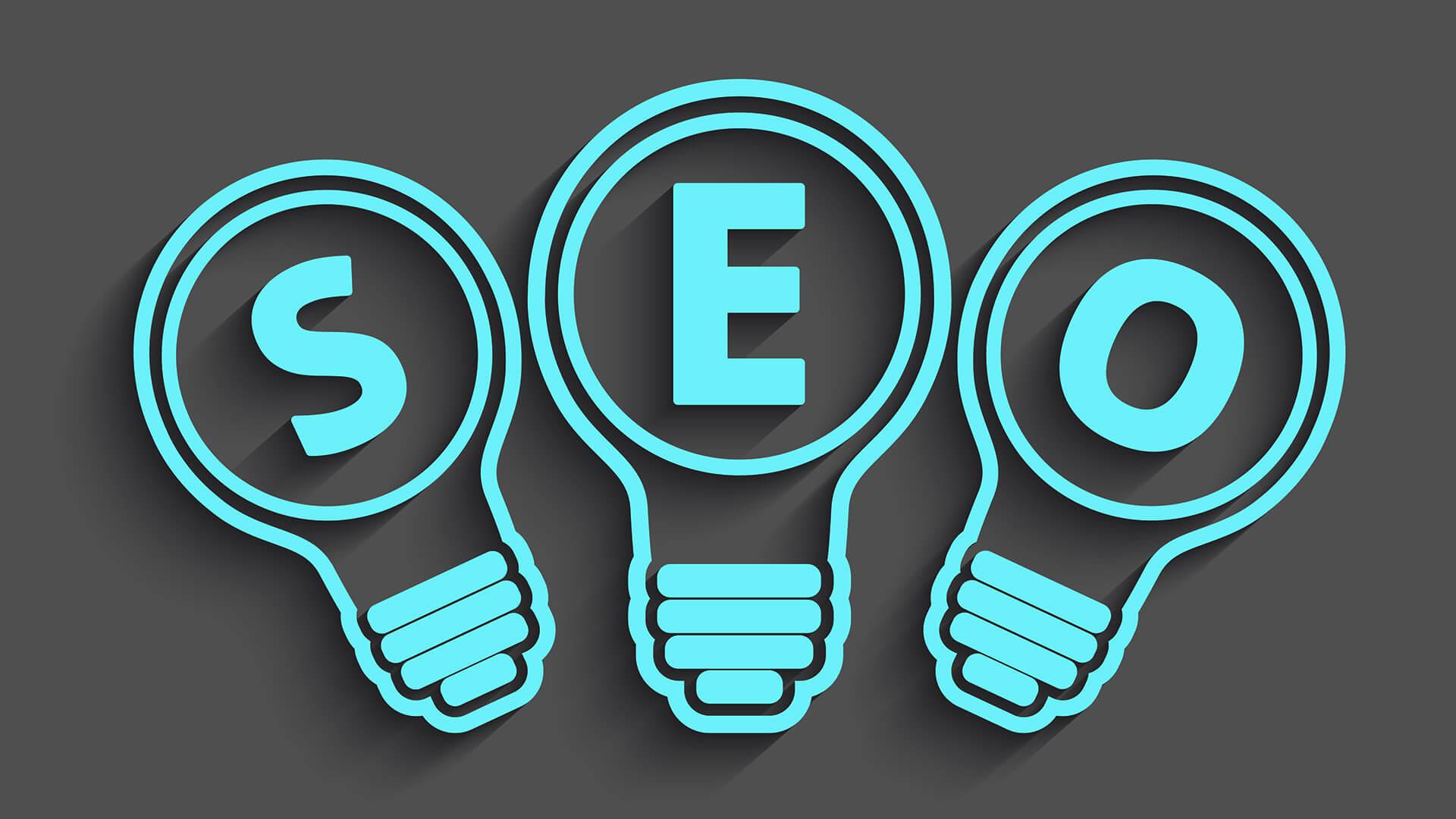
Using SEO to Drive organic Traffic to Your eBook Sales Page
optimize Your eBook Titles and Descriptions
One of the first steps in utilizing SEO for your eBook sales page is to ensure that both your eBook title and description are optimized for search engines. Choose relevant keywords that potential readers might search for. Incorporate these keywords naturally into your title, making it catchy and informative. For example:
- Use action words like “Discover,” “Learn,” or “Master.”
- Identify pain points your eBook addresses.
- Keep it concise yet descriptive, ideally under 60 characters.
Your eBook description should provide a compelling overview while also integrating your primary keywords. A well-crafted description not only improves your chances of ranking higher but also entices visitors to make a purchase.
Leverage Blog Content for Backlinks
Creating valuable content on your blog related to your eBook’s topic is an excellent way to drive organic traffic. Each blog post can serve as a gateway to your eBook sales page. Here are a few strategies to maximize this approach:
- Write in-depth guides or articles that highlight aspects of your eBook.
- Include internal links in your blog posts directing readers to your eBook sales page.
- Engage with guest blogging opportunities on reputable sites in your niche.
By establishing backlinks, you not only improve your site’s authority but also increase the chances of your content being shared, thus boosting your visibility and driving more traffic.
Utilize Social Media for Enhanced Visibility
Don’t underestimate the power of social media as part of your SEO strategy. Share snippets, quotes, or valuable insights from your eBook on platforms like Instagram, Twitter, and Facebook. This encourages engagement and can link back to your sales page. It’s essential to:
- Use relevant hashtags to reach a broader audience.
- Engage with your followers through polls or questions related to your eBook’s subject.
- Encourage readers to share their thoughts or reviews on social media.
Integrating social media into your SEO strategy not only enhances visibility but also creates a community around your eBook.
Implement a Solid SEO Strategy for Your Sales Page
Your eBook sales page should also feature a strong SEO framework. consider the following table for fast reference:
| SEO Element | Best practices |
|---|---|
| Title tag | Keep within 50-60 characters; include keywords. |
| Meta description | Summarize content in 150-160 characters; entice clicks. |
| Image Alt Text | Describe the image using relevant keywords. |
| URL Structure | Use clear,concise URLs with keywords. |
By paying attention to these elements, you can significantly improve your eBook’s visibility on search engines, making it easier for potential readers to find and purchase your work.
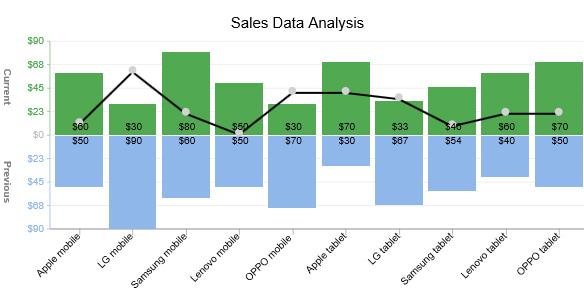
Analyzing Sales Data to Optimize Your Selling Strategy
To effectively enhance your selling strategy, dive deep into your sales data. Analyzing this information allows you to identify trends, understand customer behaviors, and ultimately tailor your offerings for maximum impact. Here are some key areas to focus on:
- sales Channels: Assess which platforms generate the most sales. Is it your WordPress site, social media, or email marketing?
- Product Performance: Identify which eBooks are your bestsellers and which titles may need more attention or reworking.
- Customer Demographics: Analyze who is buying your eBooks. Age, location, and interests can inform your marketing strategies.
- Purchase Patterns: Look for trends in when customers buy. Are there certain times of the year or specific events that drive sales?
Once you have gathered and analyzed your sales data, it’s crucial to implement changes based on your findings. For example, if you discover that certain genres sell better during specific seasons, consider launching targeted promotions or themed campaigns during those times. additionally, leveraging customer feedback can help refine your product offerings and marketing messages.
| eBook Title | Sales Last Month | Customer Rating |
|---|---|---|
| Mastering WordPress | 150 | 4.8 |
| The Ultimate Guide to SEO | 90 | 4.6 |
| Social Media for Beginners | 50 | 4.5 |
Lastly, never underestimate the power of continuous betterment. Regularly revisiting your sales data will not only keep you informed but also allow you to stay ahead of the competition. By adapting to changing market demands and customer preferences, you can refine your selling strategy and maximize your eBook sales on WordPress.

Providing Exceptional Customer Support to Enhance Loyalty
Providing exceptional customer support is a cornerstone of building lasting relationships with your audience, especially when selling eBooks on WordPress. When customers feel valued and supported,they are more likely to return for future purchases and recommend your offerings to others.
Here are some key strategies to enhance your customer support:
- Be responsive: Aim to respond to customer inquiries within 24 hours. Quick responses demonstrate that you care about your customers’ needs and are eager to assist.
- Utilize Multiple Channels: Make it easy for customers to reach you by offering support through various channels—email, live chat, social media, or even a dedicated support forum on your website.
- Personalize the Experience: Use the customer’s name in correspondence and reference past interactions to make them feel valued. Personal touches can go a long way in fostering loyalty.
- Provide Extensive FAQs: Craft a robust FAQ section that addresses common questions about your eBooks, purchase processes, and technical issues. This can reduce the volume of support requests and empower customers to find answers quickly.
Moreover, consider implementing a customer feedback loop. Encourage buyers to leave reviews or fill out surveys after their purchase.This not only gives you valuable insights but also makes customers feel their opinions matter. Here’s a simple way to collect feedback:
| Feedback Method | Purpose |
|---|---|
| Email Surveys | Gauge customer satisfaction and capture suggestions. |
| Product Reviews | Allow customers to share their thoughts on your eBooks publicly. |
| Social Media Polls | Engage with your audience and collect quick insights. |
Lastly, remember that every interaction is an prospect to build loyalty. Whether it’s a simple thank you email after a purchase or a follow-up to check if they enjoyed their eBook, these small gestures can significantly impact customer retention.When customers feel like they’re part of a community rather than just a transaction,they are more likely to remain loyal to your brand.
Frequently Asked Questions (FAQ)
Q&A: How to Sell eBooks on WordPress: the Complete 2025 Guide
Q1: Why should I consider selling eBooks on WordPress?
A: Great question! Selling eBooks on WordPress offers you the adaptability to reach a global audience while maintaining complete control over your content.With the right plugins and themes, you can create a stunning online store that showcases your eBooks beautifully. Plus, wordpress is user-amiable, even for beginners!
Q2: What do I need to get started?
A: To kick things off, you’ll need a WordPress website, a domain name, and hosting. Don’t worry; there are plenty of affordable hosting providers. Once that’s set up, you’ll want to choose an eCommerce plugin like WooCommerce or Easy Digital Downloads to facilitate the selling process.
Q3: Can I create a professional-looking eBook store without design skills?
A: Absolutely! WordPress offers a plethora of themes designed specifically for eCommerce and eBooks. Many of these themes are customizable and intuitive. Plus, with page builders like Elementor or Gutenberg, you can drag and drop to create an amazing layout without needing to know how to code!
Q4: How do I price my eBooks effectively?
A: pricing can be tricky. Start by researching similar eBooks in your niche to see what others are charging. Consider your target audience and the value your eBook offers. Don’t forget to experiment with pricing strategies like offering introductory discounts or bundling multiple eBooks for a better deal!
Q5: How can I promote my eBooks once they’re listed?
A: Promotion is key! Utilize social media platforms like Instagram, twitter, and Facebook to share snippets or quotes from your eBook. You can also start a blog related to your eBook’s topic to draw organic traffic. Email marketing is another powerful tool—build a list and keep your audience engaged with updates and exclusive offers!
Q6: What are some common mistakes to avoid when selling eBooks?
A: One common mistake is neglecting SEO. Ensure your eBook listings are optimized for search engines with relevant keywords. Another mistake is not having a clear call-to-action on your site. Make it easy for visitors to buy your eBooks with prominent buttons and a smooth checkout process.
Q7: Is it worth investing in paid advertising for my eBook?
A: If you have the budget, absolutely! Paid advertising on platforms like Facebook or Google can definitely help you reach a specific audience effectively. Just make sure to track your ads’ performance, so you know what’s working and what’s not. It can be a game changer for your eBook sales!
Q8: How do I handle customer support and feedback?
A: Customer support is crucial for maintaining a good relationship with your buyers. Make sure you have a dedicated support page or section on your website. Respond promptly to queries and encourage feedback to continually improve your offerings. Happy customers are more likely to share your eBooks with others!
Q9: What are the benefits of selling eBooks vs. physical books?
A: selling eBooks eliminates printing, shipping, and inventory costs.They can be downloaded instantly, providing a seamless experience for your customers. Plus, you can update content easily and offer lower prices, making eBooks an attractive option for both you and your readers.
Q10: Any final tips for someone just starting out?
A: Don’t overthink it! Start small, and focus on quality content that resonates with your audience. Experiment, learn from your mistakes, and don’t hesitate to ask for help from the WordPress community. Your passion for your eBook will shine through, and that’s what will ultimately engage your readers. Happy selling!
In Retrospect
Outro
And there you have it! Selling eBooks on WordPress is not just a pipe dream; it’s a totally achievable goal that you can start working towards today. With the tips and tools outlined in this guide, you’re well on your way to turning your passion for writing into a lucrative venture.
Remember, the key is to start small, stay consistent, and keep engaging with your audience. Use the power of WordPress to showcase your unique voice and expertise. As you grow your eBook business, don’t hesitate to adapt your strategies and explore new marketing channels.
So, are you ready to take the plunge? Your eBook is waiting to be shared with the world, and with the right strategy, you can transform your ideas into income. Dive in, take action, and watch your online presence flourish.
Happy selling!


